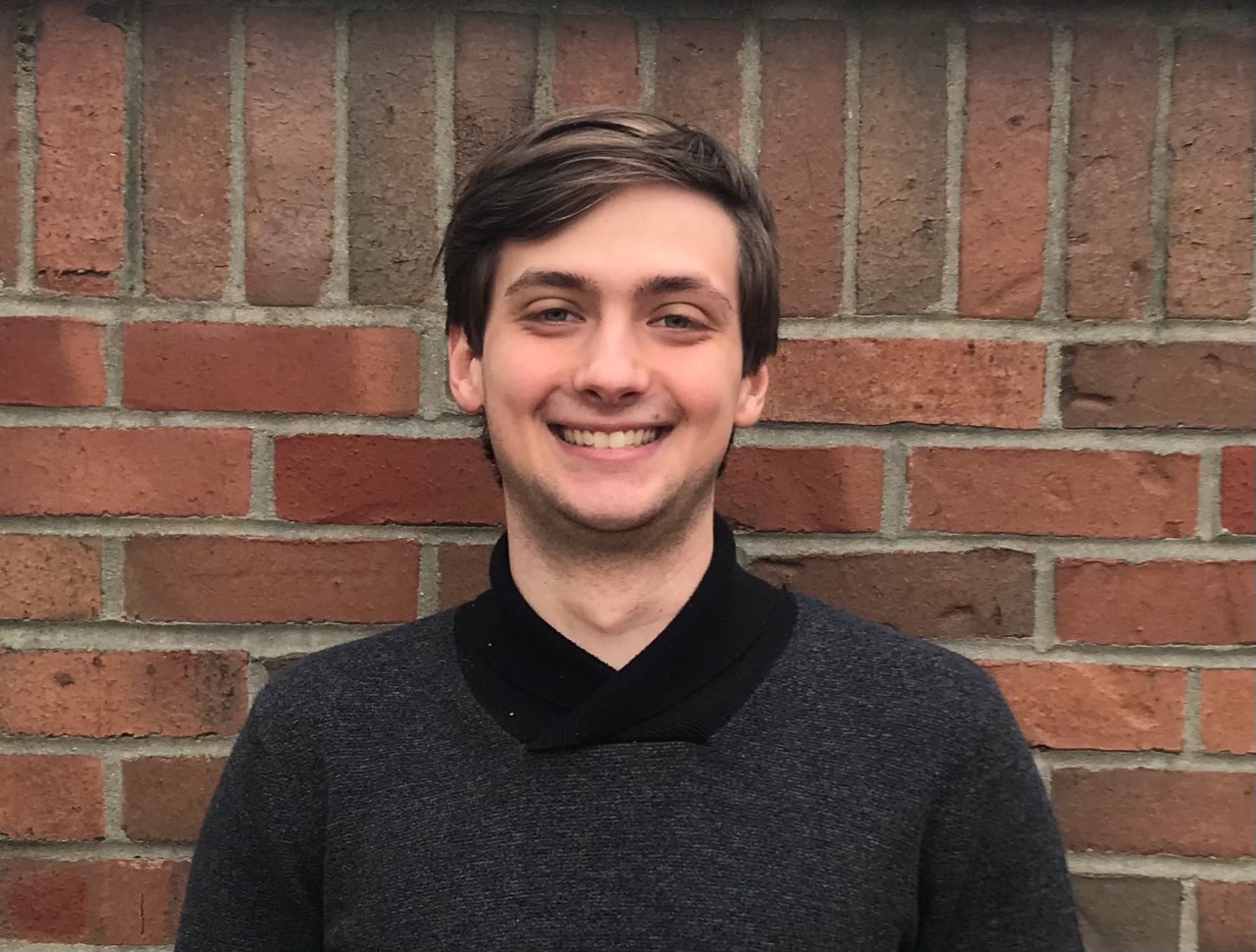Biomaterials
(C-103) Direct Cytotoxicity Testing N-MAC-PEGDMA Bio-ink for Muscle Additive Manufacturing

Jerry Jenkins, III
Graduate Student
University of Memphis
Arlington, Tennessee, United States- AW
Andrew Watson
Graduate Student
University of Memphis, United States - JB
Joel Bumgardner
Professor
University of Memphis, United States - TF
Tomoko Fujiwara
Professor
University of Memphis, United States
Presenting Author(s)
Co-Author(s)
Primary Investigator(s)
Co-Author(s)
Introduction: Volumetric muscle loss (VML), often caused by combat injuries, accidental or surgical trauma, or diseases such as cancer, results in a loss of skeletal muscle tissue that the body cannot regenerate. VML injuries leave the afflicted individual with decreased functionality of the affected tissue, often resulting in chronic disability and overwhelming medical costs. Current treatments such as free functional muscle transfer are limited due to donor site
morbidity. N-MAC-PEGDMA hydrogel inks have shown great promise for use in additive manufacturing to treat VML injuries due to their customizability and potential for patient specific treatment. The aim of this work is to evaluate the cytocompatibility of the bio-ink.
Materials and Methods::
Materials and Methods: Sample Preparation: A 2.5 wt% solution of N-MAC was made with DI water containing a 0.2 wt% solution of lithium phenyl-2,4,6-trimethylbenzoylphosphinate (LAP) photoinitiator. PEGDMA was added to the N-MAC solution until an 8 wt% solution was reached. Mixing was made in a low light environment to prevent polymerization. The bio-ink was then cast into a 24-well plate, polymerized then seeded with C2C12 mouse myoblast cells. N-MAC chitosan and tissue culture plastic (TCP) were used as controls. There were four replicates per group.
Evaluation of Cell Viability: Cell viability was assessed after 1-, 3-, and 5-day timepoints with CellTiter AQ absorbance. A 2-way ANOVA was performed to identify statistically significant
differences in viability at α = 0.05.
Results, Conclusions, and Discussions::
Results and Discussion: By day 5 the N-MAC-PEGDMA exposed cells maintained reasonable cell viability throughout. While a 2-way ANOVA found that there were statistically significant differences between the cell viability of the groups, cell growth was shown for the N-MAC and N-MAC-PEGDMA groups. A lack of media change between days 3 and 5 is thought to have contributed to the similar absorbances at those timepoints.
Conclusion: Initial results of this study suggest that our proposed bio-ink does not possess cytotoxic traits, and thus may prove suitable for treatment of VML injuries. Further cell viability tests must be done to corroborate these findings.
Acknowledgements (Optional): :
References (Optional): :
